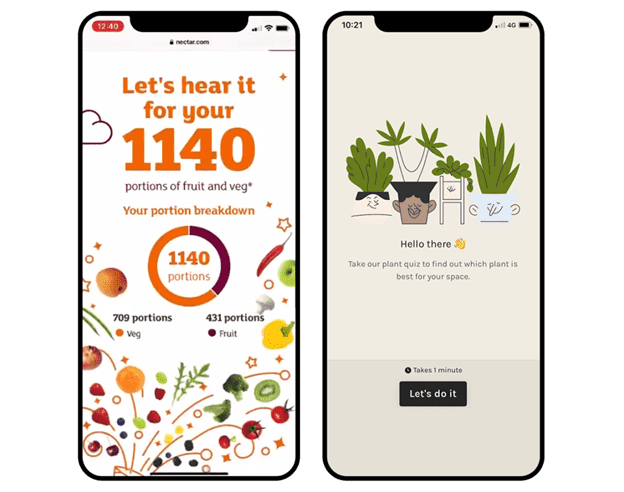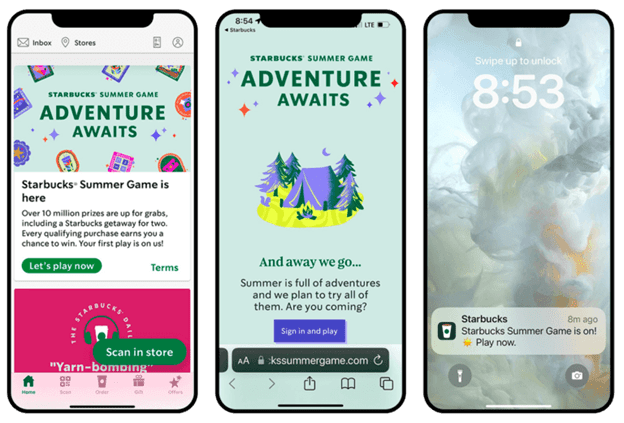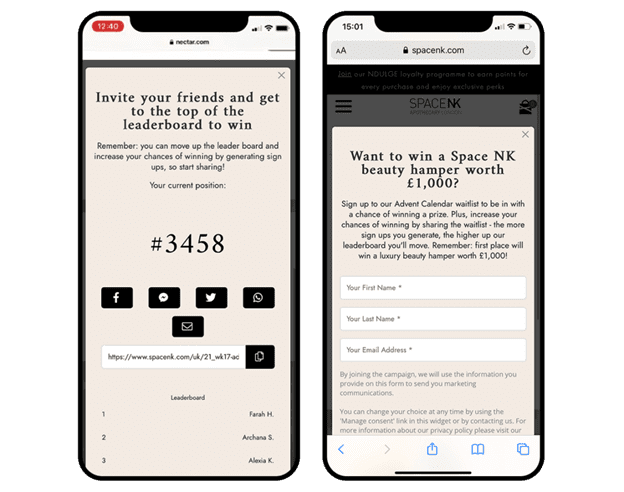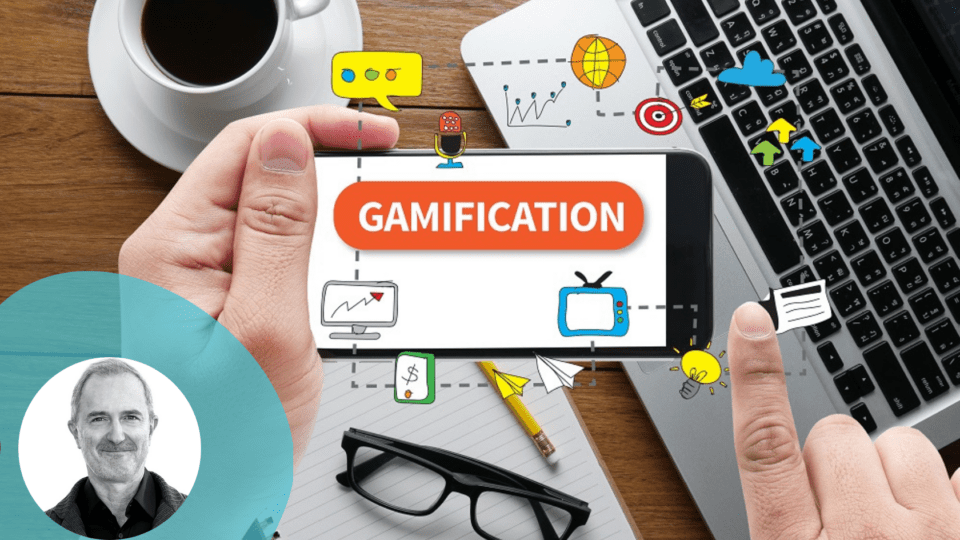Mobile apps have become a critical customer engagement channel for retailers as they try to create and capture more value for, and from, their customers. It’s no surprise that industry research and earnings reports consistently reveal customers with a brand’s app are three to four times more valuable than customers without the app. And the majority of retailers (74%) agree that investing in mobile apps is key to driving profitability.
Globally, consumers are downloading more apps than ever before, yet retention of those new app customers is an ongoing issue. In fact, most consumers use an app only once or twice before deciding to delete it or not. While brands can keep more customers coming back to apps by improving features themselves — and optimizing onboarding and opt-ins — they must also focus on how today’s consumers prefer to interact with brands.
Rather than carving out a set time to go shopping, consumers’ interactions with brands are brief, focused and transactional — often referred to as “content snacking.” This behavior aligns extraordinarily well with the immediacy of excitement, challenge and rewards associated with games.
That’s why gamification as a technique is becoming more popular in marketing and customer loyalty programs. Gamification strategies can help brands drive increased app engagement to motivate app users to perform certain actions. Commerce apps in particular stand to gain from gamification strategies. You can link purchases to points and rewards, and motivate users to complete their profiles with special status levels that come with a visual badge and offerings like early access to sales or the like.
Advertisement
Gamification can be used as a short-term strategy to drive engagement or for long-term efforts to build customer loyalty. Engagement strategies are generally a lower lift and can help drive a spike in interest or activity in a relatively short amount of time with minimal resources. Loyalty gamification strategies, on the other hand, can also be part of an ongoing core program to drive longer-term impact.
Regardless of whether you are using gamification for engagement or loyalty programs, there are three different types of gamification tactics to consider: individual, reciprocal and relational.
Individual Gamification Tactics
Individual gamification tactics focus entirely on the app customer and their behavior. When implementing individual engagement tactics, it’s not always necessary to offer a reward or prize. Merely showcasing a customer’s progress can create a positive experience and instill a feeling of accomplishment. Interactive product recommendations and quizzes fall into this category, as they gamify the process of selecting products and setting preferences.
For example, Sainsbury’s and Nectar offer highlights from your grocery store shopping for the year. Patchplants.com has an interactive quiz that helps you identify the best plant for your expertise and the lighting conditions of your space.

Reciprocal Gamification Tactics
Reciprocal gamification tactics offer a mutual exchange agreement between the customer and the app. They can be used to request an action — such as “make a wish list” — or to offer something like a “chance to win.” They’re typically short in duration and can be repeated often, but their effectiveness diminishes as the novelty wears off.
Reciprocal tactics can also be applied to longer-term loyalty programs by encouraging specific behaviors with a clearly articulated and prominently placed reward structure. Typically, points provide the mechanics of the game and customers can redeem them for free products, discounts, experiences or exclusive content. Starbucks, for example, has a points-based reward program. It uses short-term gamification tactics — awarding Bonus Stars and prizes in personalized challenges and in their Summer Game — to drive engagement within its loyalty program.

Relational Gamification Tactics
Relational gamification tactics work to build connections between the app customer and others. They can be used to get customers to share a brand’s content on social media and grow network effects, often by sharing a hashtag, commenting on a post, referring a friend or via user-generated content and social leaderboards. For example, UK-based beauty retailer SpaceNK encourages customers to sign up for its ever-popular, always sold-out advent calendar, and then shares a leaderboard where individuals can move up the ladder by sharing online.

If you’re just getting started with gamification, you can experiment with any mix of tactics. Use them to help meet short, time-bound engagement goals as you work to grow your program and better understand, inspire and retain long-term app customers.
Consider the following step ladder as you build your gamification prowess:
Beginner: Share promo codes with users when they complete their profile or create a competition that drives users to create a wish list with a chance to win items from it.
Intermediate: Launch a loyalty program to reward users for their purchases, and experiment with “double points” campaigns to drive spikes in interest.
Advanced: Develop personalized challenges for users to collect more points. Customize them to an individual’s purchase behavior; for example, for a customer that buys two drinks every week, encourage them to add a snack to grow their points balance faster.
It All Comes Down to Customer Benefits
Consider the benefits to your customers, because they certainly will. Does the gamification mechanic have any value for them, or only for you? Consider using gamification to make what a customer wants to do more fun, rather than only as a way of getting what you want. It’s helpful for the customer to be able to try on a new coat using AR, which will also help drive the sale, but asking for a share on Twitter in return for a chance to win feels much more one-directional.
Finally, gamification is not a miracle cure and won’t make up for a poor customer experience or weak app proposition. Use it to make a good app experience even better, not make a poor app experience okay. If there are known app customer pain points, consider redirecting resources into improving your basic app experience, and then return to considering gamification as a way to win back the customers you’ve lost.
Thomas Butta is Chief Strategy and Marketing Officer at Airship. He brings over two decades of marketing leadership and strategic positioning expertise that has established market leadership for several global enterprise SaaS companies, such as SignalFx, Sprinklr and AppNexus. He hosts the Masters of MAX podcast, is an advisor to early-stage companies and a director of nonprofit YSA.org.




